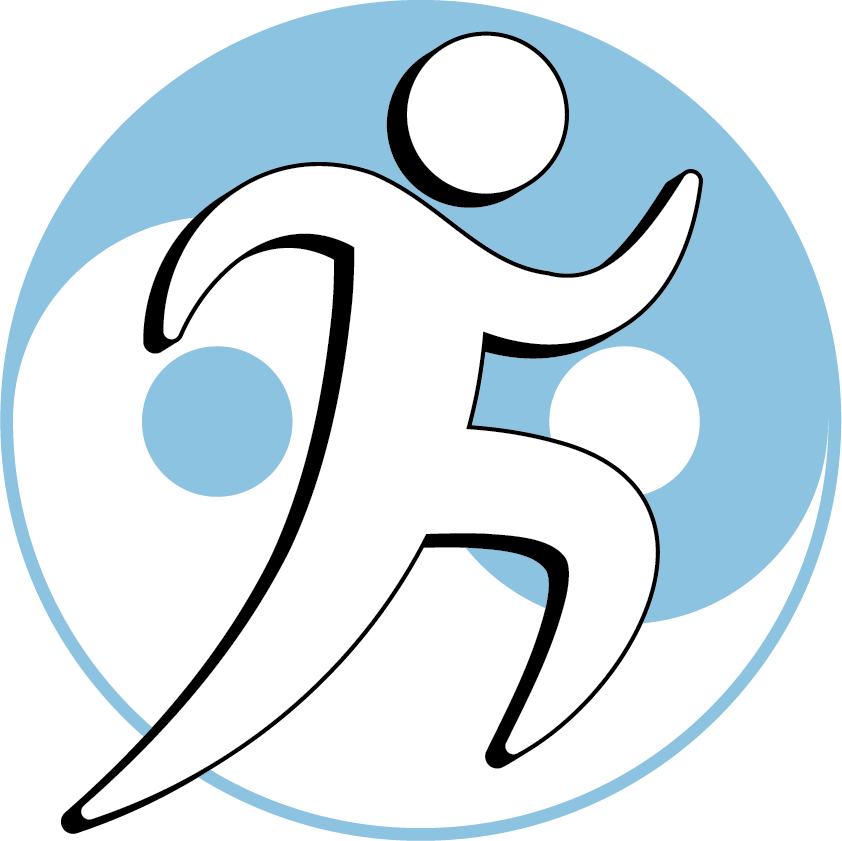With Instructor Anthony Von der Muhll, L.Ac., DAOM, DNBAO, FAIPM
In-Person Classes & Live Webinars
Must be attended at the time/date offered for Live PDAs/CEUs
See below for detailed description of class contents
Basics of Shoulder
Live Webinar with Anthony Von der Muhll
Monday, July 28, 2025, 5:00-6:00 pm Pacific Time
Shoulder, Arm, Hand: History, Examination, Assessment & Treatment
with Anthony Von der Muhll
Saturday-Sunday, August 16-17, 2025, 8:30-5:30
at the Virginia University of Integrative Medicine, 1980 Gallows Road, Vienna VA
_______________________________________
Saturday-Sunday, November 8-9, 2025, 9:00-6:00
at the Academy of Chinese Culture and Health Sciences, 1600 Broadway, Oakland CA
Shoulder, Arm, Hand: Review & Practicum Lab
with Anthony Von der Muhll
Prerequisite: completion of our 16-hour Shoulder, Arm, Hand: History, Exam, Assessment & Treatment course (in-person, or distance-learning)
Monday, August 18, 2025, 8:30-5:30
at the Virginia University of Integrative Medicine, 1980 Gallows Road, Vienna VA
__________________________________________________________________________________
Monday, November 10, 2024, 9:00-6:00
at the Academy of Chinese Culture and Health Sciences, 1600 Broadway, Oakland CA
Contact Us > 1 month prior to class date to request CAB CEUs
Shoulder, Arm, Hand: Anatomy Lab for Acupuncturists
with Jamie Bender
Friday, November 7, 2025, 9:00-6:00
at the Academy of Chinese Culture and Health Sciences, 1600 Broadway, Oakland CA
Self-Paced Distance Learning
1-year on-demand access
See below for detailed description of class contents
Shoulder Arm Hand: History, Exam, Assessment & Treatment
Self-Paced Distance-Learning Module
with Anthony Von der Muhll
Contact Us to request CAB CEUs
Comments from Course Evaluations
"Anthony has an outstanding breadth of knowledge, skill, and experience to offer. I wish I weren't trying to absorb this on my own–The online version is great for pacing, and I watched each video twice, but it's not enough. I wish it were a semester class with classmates, study groups, time to practice, etc....overall, it is OUTSTANDING and has already changed my practice. Now, onto the neck module!"
-- Laura Paris, L.Ac., Monterey, California
The Shoulder Girdle
Clinical anatomy, kinesiology, & the jing-jin ("sinew meridians" or myofascial tracts)
- Glenohumeral, acromio- and sterno- clavicular joints
- Muscles, tendons and ligaments of the shoulder girdle
- Shoulder bursae
History-taking for the shoulder: key diagnostic questions
- "Red flag" symptoms of urgent/serious medical conditions warranting referral to physician care: fractures, dislocations and complete tears; neuropathies; tumors
- Differentiating symptoms of muscle, tendon, ligament, labral, capsular, and nerve injuries
- Neural hypersensitization and psycho-social factors
- Functional capacity questionnaires for reporting to managed care insurance
Physical exam of the shoulder: how findings can guide treatment with acupuncture modalities
- Observation, inspection and palpation
- Joint active range-of-motion and tracking exam: taking measurements and diagnostic significance
- Assessment of joint stability through end-feel testing
- Muscle length and manual strength testing and referred pain patterns charts for 18 key muscles of the shoulder girdle
- Special orthopedic tests
- Documentation of physical exam findings
- Measuring and reporting functional capacity baselines and treatment outcomes
- Clinical flow charts to facilitate efficiency and accuracy in examination
Diagnosis, pattern identification and treatment for shoulder girdle pain, injuries and disability
- Gleno-humeral joint
- Non-capsular patterns: AMBRI and SLAP (labral) tears
- Capsular patterns: osteoarthorosis, capsulitis, and "frozen shoulder"
- Acromio- and sterno-clavicular joint sprains/separations and hypermobility
- Rotator cuff tendonitis/tendonosus, impingement, and bursitis
- Bicipital tendinopathies
Arm, Wrist, and Hand
Clinical anatomy, kinesiology, and the jing-jin:
- Elbow joints: ulnar-humeral, radio-humeral and -capitellar
- Wrist joints: ulnar-carpal, radio-carpal, and distal radio-ulnar
- Muscles and tendons of the upper- and fore- arm and hand
History-taking for the arm, wrist, and hand: key diagnostic questions
- "Red flag" symptoms of urgent/serious medical conditions potentially warranting referral to physician care: fractures, neuropathies, complex regional pain syndrome
- Differentiating symptoms of muscle, tendon, ligament, joint, and nerve injuries
- Neural hypersensitization and psycho-social factors
- Functional capacity questionnaires for reporting to managed care insurance
Physical exam of the arm, wrist and hand
- Observation, inspection and palpation
- Active and passive range-of-motion examination of the elbow, wrist, and finger joints: measurements and diagnostic significance
- Assessment of joint stability through end-feel testing of the elbow, wrist and finger
- Peripheral nerve sensory and motor exams
- Manual and dynamometer strength testing, muscle length testing, and referred pain pattern charts for 20 key muscles of the arm, wrist and hand
- Special orthopedic, neurologic and vascular tests
- Documentation of physical exam findings
- Measuring and reporting functional capacity baselines and treatment outcomes
- Algorithmic flow charts to facilitate efficiency and accuracy in examination
Diagnosis, pattern identification and treatment for arm, wrist and hand pain, injuries and disability
Posterior & radial tracts: yangming and shaoyang
- Tennis elbow, extensor strains, tendinosus, radial tunnel compression neuritis and palsy
- Radial styloid stenosing tenosynovitis
- Radial collateral ligament sprains and hypermobility
Ulnar tract: taiyang and shaoyin
- Ulnar neuritis/neuropathy
- Ulnar groove compression
- Canal of Guyon compression
- Acute sprains and chronic laxity of the ulnar-carpal joint
- Acute tendonitis and chronic tendonosus
- Golfer’s elbow & “medial epicondylitis”
- Extensor carpi ulnaris
- Flexor carpi ulnaris
- Abductor digiti minimi
- Ulnar collateral ligament laxity & “Little league elbow”
Anterior tract: taiyin, shaoyin, jueyin
- Biceps, supinator and forearm flexor tendonitis and tendonosus
- Median neuritis/neuropathy
- Pronator teres syndrome
- Carpal tunnel syndrome
Intrinsic wrist conditions
- 1st CMC joint pain: sprains, DJD
- Triangular fibrocartilage complex tears
Intrinsic hand conditions
- MCP and inter-phalangeal joints
- Sprains and laxity of finger collateral ligaments
- Degenerative joint disease
- Finger extensor tendonitis
Ergonomics, postural correction and exercise therapy for shoulder, arm and hand conditions:
- Scapular stabilization
- Rotator cuff strengthening
- Forearm exercises
- Wrist stabilization
- Keyboard ergonomics
Build on your skills with the Review/Practicum Lab
View full certification program and register for in-person, live webinar and self-paced distance-learning classes.
